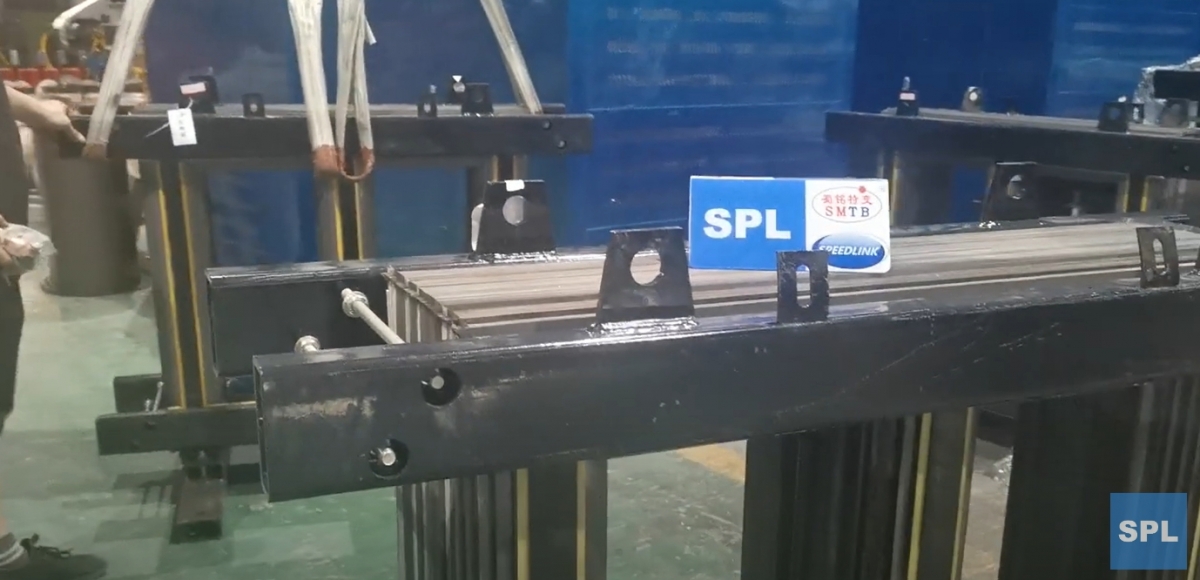Table of Contents
Differences Between Dry Type and Liquid Immersed Transformers
Transformers are essential components in electrical systems, as they help to transfer electrical energy from one circuit to another through electromagnetic induction. There are two main types of transformers commonly used in the industry: dry type transformers and liquid immersed transformers. Each type has its own set of advantages and disadvantages, making them suitable for different applications.

Dry type transformers, as the name suggests, do not use any liquid for cooling or insulation. Instead, they rely on air to dissipate heat generated during operation. This makes them ideal for indoor applications where the use of oil or other liquids is not feasible. Dry type transformers are also more environmentally friendly, as they do not pose the risk of oil leaks or spills.
On the other hand, liquid immersed transformers use oil or other insulating liquids to cool and insulate the transformer windings. This allows them to handle higher power Levels and provide better insulation compared to dry type transformers. Liquid immersed transformers are commonly used in outdoor applications where higher power levels are required.
One of the main differences between dry type and liquid immersed transformers is their cooling methods. Dry type transformers rely on natural convection or forced air cooling to dissipate heat, while liquid immersed transformers use the insulating liquid to transfer heat away from the windings. This difference in cooling methods can affect the efficiency and performance of the transformer.
Another difference between dry type and liquid immersed transformers is their insulation systems. Dry type transformers use solid insulation materials such as epoxy resin or fiberglass, while liquid immersed transformers use oil or other insulating liquids. The choice of insulation system can affect the overall performance and reliability of the transformer.
In terms of maintenance, dry type transformers are generally easier to maintain compared to liquid immersed transformers. Since they do not use oil or other liquids, there is no risk of leaks or spills that can contaminate the surrounding Environment. However, liquid immersed transformers require regular monitoring and maintenance to ensure the insulating liquid is at the correct level and free from contaminants.
| model | Rating\\u00a0capacity\\u00a0\\uff08KVA\\uff09 | Voltage\\u00a0combination\\uff08KV\\uff09 | Off-load\\u00a0losses\\uff08W\\uff09 | Load\\u00a0losses\\uff08W\\uff09 | Off-load\\u00a0current\\u00a0\\uff08%\\uff09 | Short-circuit\\u00a0impedance\\u00a0\\uff08%\\uff09 |
| SCH15-30 | 30 | 6,6.3,6.6,10,11/0.4 | 70 | 710 | 1.6 | 4.0 |
| SCH15-50 | 50 | 6,6.3,6.6,10,11/0.4 | 90 | 1000 | 1.4 | 4.0 |
| SCH15-80 | 80 | 6,6.3,6.6,10,11/0.4 | 120 | 1380 | 1.3 | 4.0 |
| SCH15-100 | 100 | 6,6.3,6.6,10,11/0.4 | 130 | 1570 | 1.2 | 4.0 |
| SCH15-125 | 125 | 6,6.3,6.6,10,11/0.4 | 150 | 1850 | 1.1 | 4.0 |
| SC(B)H15-160 | 160 | 6,6.3,6.6,10,11/0.4 | 170 | 2130 | 1.1 | 4.0 |
| SC(B)H15-200 | 200 | 6,6.3,6.6,10,11/0.4 | 200 | 2530 | 1.0 | 4.0 |
| SC(B)H15-250 | 250 | 6,6.3,6.6,10,11/0.4 | 230 | 2760 | 1.0 | 4.0 |
| SC(B)H15-315 | 315 | 6,6.3,6.6,10,11/0.4 | 280 | 3470 | 0.9 | 4.0 |
| SC(B)H15-400 | 400 | 6,6.3,6.6,10,11/0.4 | 310 | 3990 | 0.8 | 4.0 |
| SC(B)H15-500 | 500 | 6,6.3,6.6,10,11/0.4 | 360 | 4880 | 0.8 | 4.0 |
| SC(B)H15-630 | 630 | 6,6.3,6.6,10,11/0.4 | 420 | 5880 | 0.7 | 4.0 |
| SC(B)H15-630 | 630 | 6,6.3,6.6,10,11/0.4 | 410 | 5960 | 0.7 | 6.0 |
| SC(B)H15-800 | 800 | 6,6.3,6.6,10,11/0.4 | 480 | 6960 | 0.7 | 6.0 |
| SC(B)H15-1000 | 1000 | 6,6.3,6.6,10,11/0.4 | 550 | 8130 | 0.6 | 6.0 |
| SC(B)H15-1250 | 1250 | 6,6.3,6.6,10,11/0.4 | 650 | 9690 | 0.6 | 6.0 |
| SC(B)H15-1600 | 1600 | 6,6.3,6.6,10,11/0.4 | 780 | 11730 | 0.6 | 6.0 |
| SC(B)H15-2000 | 2000 | 6,6.3,6.6,10,11/0.4 | 1000 | 14450 | 0.5 | 6.0 |
| SC(B)H15-2500 | 2500 | 6,6.3,6.6,10,11/0.4 | 1200 | 17170 | 0.5 | 6.0 |
When it comes to cost, dry type transformers are typically more expensive than liquid immersed transformers. This is due to the higher cost of materials used in the construction of dry type transformers, as well as the additional cooling systems required. However, the long-term cost of ownership may be lower for dry type transformers, as they require less maintenance and have a longer lifespan compared to liquid immersed transformers.
In conclusion, both dry type and liquid immersed transformers have their own set of advantages and disadvantages. The choice between the two types depends on the specific requirements of the application, such as power levels, environmental conditions, and maintenance considerations. It is important to consult with a reputable transformer manufacturer, such as a China company with over 12 years of experience, to determine the best type of transformer for your needs. Additionally, watching informative videos on transformer technology can help you better understand the differences between dry type and liquid immersed transformers.

